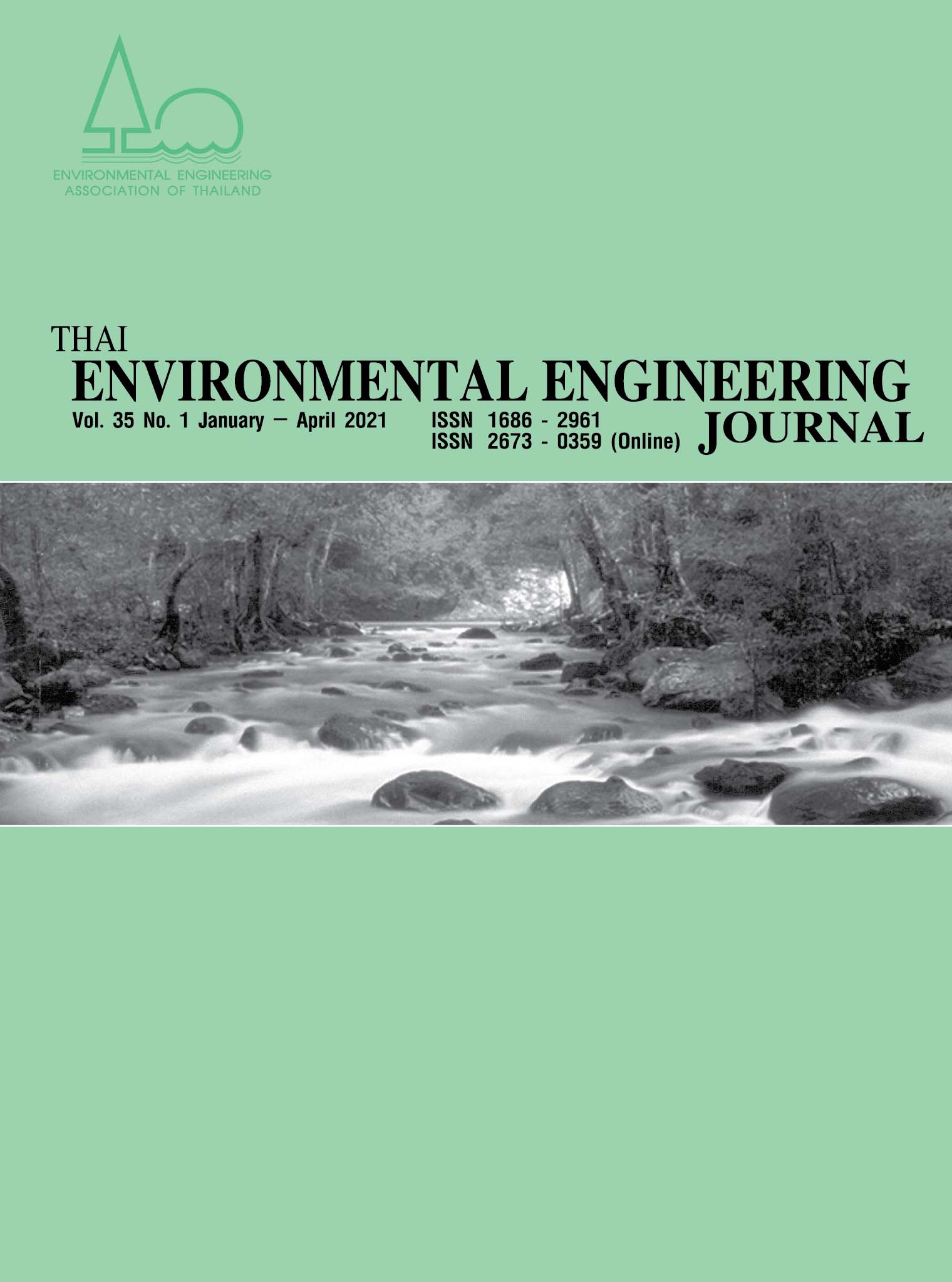Sustainability Assessment of Water, Sanitation, and Hygiene (WASH) Projects in Yesagyo Township, Magway Region, Myanmar
Main Article Content
Abstract
Determining the sustainability of Water, Sanitation, and Hygiene (WASH) projects is essential for developing countries that have struggled to maintain access to clean water and sanitation. Assessing the alignment with the National Strategy is also integral as it can monitor, control and guide WASH service providers not to deviate from the national objectives. This study aimed to assess the sustainability status of WASH projects in Yesagyo Township, Magway Region, Myanmar. The WASH projects were implemented by UN-HABITAT by using Participatory Hygiene and Sanitation Transformation (PHAST) approach. It was also intended to analyze the alignment with Myanmar National WASH Strategy. The sustainability status was measured by water, sanitation and hygiene indicators which were indicated as accessibility, functionality, reliability (continuity, reliability (seasonality), intra-village equity, water quality, catchment protection, maintenance of open defecation free status, use of sanitation facilities, handwashing facilities and handwashing practices. The sustainability status of water supply and sanitation and hygiene has not deteriorated since the end of project 2018. The number of households that used water from improved water sources increased from 92% to 95.4%. Latrine usage has increased from 90% to 97.1%. Handwashing practices have also increased and already met the national targets. Latrine usage status is exceeded the national target in 2025. As there were only six open defecation free villages in the surveyed villages, it can be concluded that the open defecation free target was still needed to meet the national target as of 92% in 2020. To sum up, the impacts of WASH projects in Yesagyo Township were sustainable and likely to meet the national targets by 2030 by combining the continuous community collective actions and sufficient government supports after the project implementation. However, much work still needs to be done to achieve the sustainability status of open defecation free communities.
Article Details
References
Weber, N., Rajasingham, A., Patrick, M., Martinsen, A., & Handzel, T. 2018. Water, Sanitation, and Hygiene (WASH). Health in Humanitarian Emergencies. https://www.who.int/health-topics/water-sanitation-and-hygiene-wash (accessed 15 January 2021).
United Nations. 2017. Clean water and sanitation: Why it matters. United Nations. https://www.un.org/sustainabledevelopment/wp-content/uploads/2016/08/6_Why-it-Matters_Sanitation_2p.pdf (accessed 15 January 2021).
UNICEF. 2020. Water and Sanitation/ UNICEF Supply Division. https://www.unicef.org/supply/water-and-sanitation (accessed 15 January 2021).
Voituriez, T., Morita, K., Giordano, T., Bakkour, N., & Shimizu, N. 2017. Financing the 2030 agenda for sustainable development. Governing Through Goals: Sustainable Development Goals as Governance Innovation, 16301(10): 259-273.
Government of Myanmar. 2016. National Strategy for Rural Water Supply, Sanitation and Hygiene (WASH), WASH in Schools and WASH in Health Facilities 2016 - 2030.
Ministry of Labour, Immigration and Population. 2017. The 2014 Myanmar Population and Housing Census Magway Region, Minbu District, Minbu Township Report.
UN-HABITAT. 2018. End-line Survey Report, A Short Step From Improved WASH to Healthier Communities.
Sawyer, R., Simpson-Herbert, M., & Wood, S. 1998. PHAST Step by Step Guide: A participatory approach for the control of the diarrhoeal disease. 1998, 134.
UNICEF and the UNDP-SIWI Water Governance Facility. 2017. Sustainability Checks: Guidance To Design and Implement Sustainability Monitoring in WASH. https://www.unicef.org/media/91406/file/WASH-Guidance-for-Sustainability-Checks.pdf (accessed 15 January 2021).
WHO.2017. Guidelines for Drinking Water Quality, 4th edition, incorporating the 1st addendum. https://www.who.int/publications/i/item/9789241549950 (accessed 15 January 2021).


